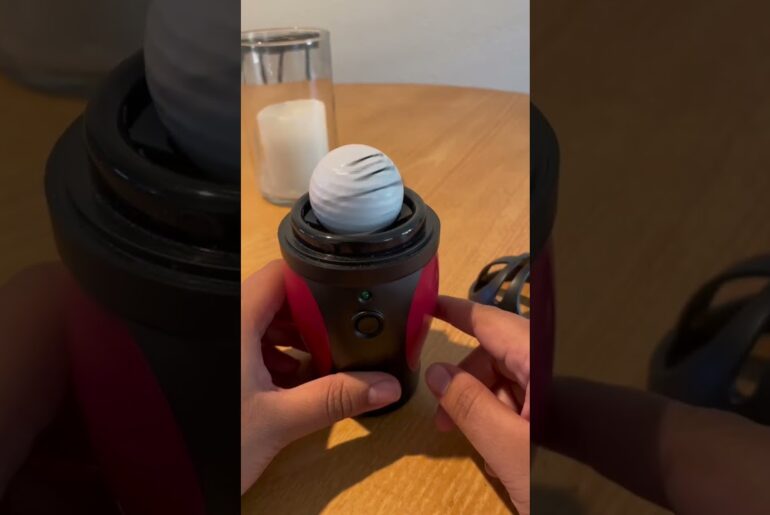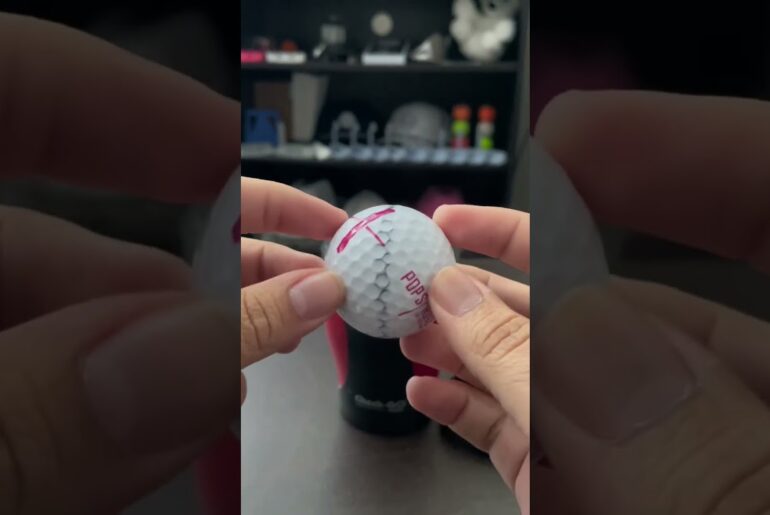Puma’s 1968 Model No. 296 “Brush Spikes”
Banned Track and Field Shoes
In the months before the 1968 Mexico City Olympics, the Track and field landscape changed significantly with the transition from dirt tracks to Tartan tracks, which are the rubbery synthetic track surfaces that we have today. To take advantage of this, Puma unveiled a new track spike specifically designed for the new surface, using 68 micro spikes instead of the 4 to 6 larger steel spikes that had been used previously. Only 500 were prototyped and 100 of these were shipped off to the United States to be worn by Puma’s Top athletes at the US Olympic Trials at Echo Summit, South Lake Tahoe California. Almost immediately, the Men’s 200m and Men’s 400m World Records were broken using these shoes, but were just as quickly banned from being used at the 1968 Olympics and then those world records were erased and declared invalid.
Adidas was also working on their own version of the shoe called “The Quill” which featured 42 micro spikes but it wasn’t ready before the Olympics and so speculation suggested that Adidas colluded with the IAAF and IOC to get Puma’s “Brush Spike” Banned.
Puma Catchup Article:
Sports Illustrated Article:
https://www.si.com/track-and-field/2019/11/15/puma-shoe-upended-1968-olympics
There is a Pair for sale online Here:
1968 Puma Olympic Track Shoe Set with banned "Brush" Shoes
———————————————————–
EPISODE 10:
This is the 10th addition to: THE BANNED TECHNIQUE series where we look at unorthodox or banned techniques used in Track and Field.
Be sure to check out my other videos in the Banned Techniques Series about the Long Jump Somersault, Backflip High Jump, Steadying the Bar in Pole Vault, the Spinning Technique in Javelin, the cartwheeling shotput and more.
Banned Techniques
*Copyright Disclaimer Under Section 107 of the Copyright Act 1976, allowance is made for “fair use” for purposes such as criticism, comment, news reporting, teaching, scholarship, and research. Fair use is a use permitted by copyright statute that might otherwise be infringing. Non-profit, educational or personal use tips the balance in favor of fair use. No copyright infringement intended. ALL RIGHTS BELONG TO THEIR RESPECTIVE OWNERS*
“Savfk – The Grid” is under a Creative Commons Attribution 4.0 International License (CC BY 4.0)
https://www.youtube.com/savfkmusic
Music promoted by BreakingCopyright: https://bit.ly/the-grid-song
#track #trackandfield #sprinting #bannedtechnique #bannedthings #running #runner #crosscountry #jumper #orthopedicshoes #orthopedics #olympics #olympictrials #worldrecord #puma #adidas #nike #shoes #shoesaddict #finance #wealth #insurance #attorney #Lawyer #athletics #sports #documentary #viral #viralvideo #longjump #javelin #shotput #bobsled #bobsleigh








21 Comments
The track has vastly more effect on performance than the shoes.
I always wanted to run on one of those tracks. By the time they became popular in community parks, I was being paid to run so I kinda lost the enjoyment of running.
Those tracks just look like pure pleasure to run on though.
And those brush spikes!!! Nobody actually had track shoes in my school so I didn’t know any better. But those brush spikes seem to be more effective.
If the rule makers don’t allow for technological advancement then people should be running in bare feet. This seems more about not wanting the records to be broken..
No metal spikes , too dangerous to the athletes…..when incidents occur.
Im waiting on someone like the Saudis to come up with a rival athletic body and throw serious money behind it (like what they did with golf). But just allow everything thats not a safety issue without even needing prior approval. I want to see all that mad science can do in athletics and other sports like cycling and swimming
Ah, behold the infamous "Brush Spike" – the track shoes that dared to flirt with the boundaries of athletic innovation and got a stern rejection from the rulebook. These shoes were clearly designed by a mischievous fusion of a sneaker engineer and a paintbrush artist, resulting in a footwear masterpiece that not only promised lightning-fast sprints but also the ability to touch up the finish line if it looked a bit faded.
Alas, the track and field authorities, perhaps fearing a sudden spike in race times and the potential for accidental track graffiti, promptly banned these audacious brush-adorned wonders. The Brush Spike left us with dreams of athletes sprinting into a vibrant future while simultaneously igniting debates about the fine line between innovation and outright artistic vandalism in the world of sports.
Altitude improves performance? Said no endurance athlete, ever.
the history lesson was very cool
Very interesting! Great vid!
😂😂😂 do your homework bro. High elevation does not help athletes during competition I can diminish them. It only helps athletes IF they train in high elevation.
5:46 High altitude does not make you run faster 🤦🏼♂️ it puts more drain on the athlete's and makes the training tougher not easier!
The gains are made when you return to sea level. 🤦🏼♂️
Animals should not be allowed to compete.
Fat noses ruin the world
We sometimes see athletes finishing middle/long distance races with a stream of blood on their shin from connecting with a fellow athlete's spike. Can't imagine what it would be like getting the same from a 68-spike shoe! Are there any details on how the spikes sat in the plate – I guess there weren't screwed – were they glued in, or constructed as part of the spike plate itself (you couldn't replace if you lost some of the 68 pins?)
2:36 underrated.
But for sure Rudolph Dad was a Rude Ass. Because a few seconds later he named his company poo ma
😲 sports officials that are corrupt? Never heard that before!
Should just make them run barefoot, that way everyone has access to the same equipment.
LOL why are Olympic commitees throughout time always corrupt
Performing at high altitude does not increase performance. At high altitude there is less oxygen in the air, so after prolonged time spent in that environment your body produces extra red blood cells in order to carry more of the oxygen that is available. When an athlete trains at high altitude their bodies undergo this adaptation, and they can perform better for a short time after returning to lower altitude due to having a temporarily enhanced ability to carry increased oxygen to the muscles
i think that all track events should be run barefoot to even out the playing field and make the race about the athlete and not the equipment.
Huh, good to kno both Adidas an Puma were made by nazi's lol
I think it's a fine balance. The footwear can make all the difference. And you dont want others having an unfair advantage.
When they stopped running on dirt and actually ran on a smooth surface with some grip of course the record would fall. The brush spikes just supplied a nice grip to the track. The brush spike just got a bad rap for nothing really.